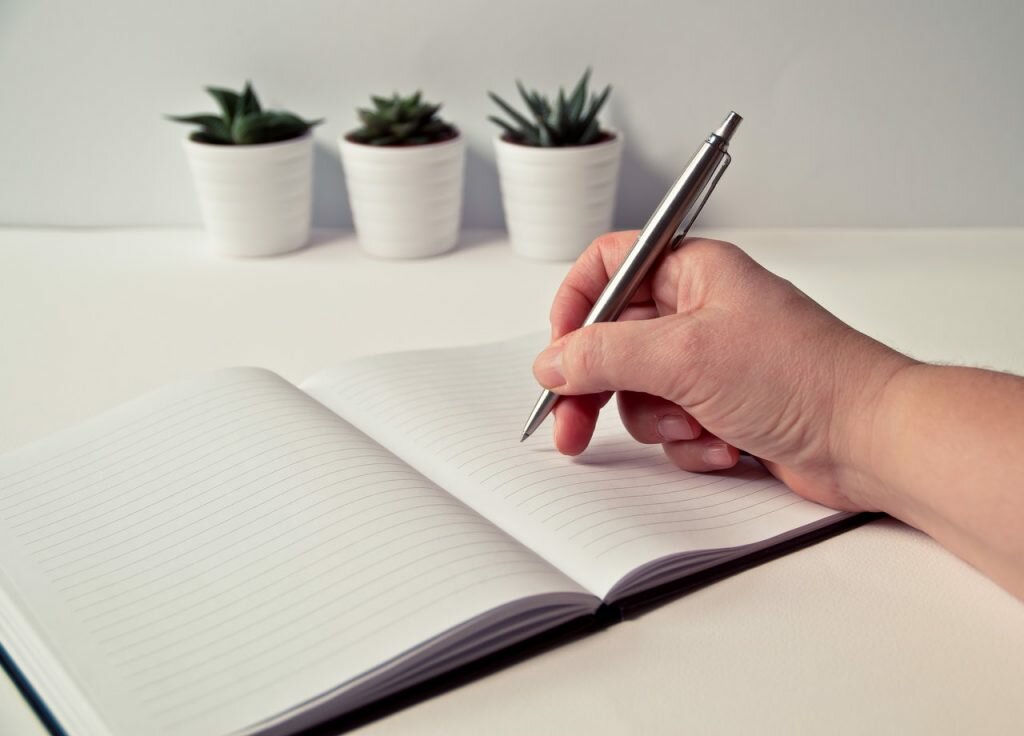Anyone who has gone to school had to write down a synopsis. But very few actually know what exactly belongs to a good synopsis and how it is written. As you come to your perfect synopsis and what logical steps you should consider, we explain below.
Contents belong to the small multiplication table of the writing. Not only in school, but also in the world of work, it often happens that you have to summarize certain texts, such as a study, a book or a film. For the reader to understand everything, every synopsis should consist of three clear parts. These are introduction, main part and conclusion. As an example we use a summary of “The Sorrows of the Young Werther” by Johann Wolfgang von Goethe. A classic that is still read today in many schools.

The preparatory work for writing
In order to save a lot of work in the writing process, it is important that you do a good preparatory work to get on with writing faster. It also gives your text a clear structure if you have organized well in advance and have an orderly overview.
Read the text several times
Read through the text several times. This creates a better understanding of the matter, and often the repeated reading makes one or the other connection much clearer. That’s because the second or third reading lets you focus your attention on something quite different from the first time you already know what it’s all about.
Answer the classic W questions
To create a first structure, you can answer the classic six W questions (who / what / how / when / where / why) the second time you read. These are different depending on the text, but always a good guide. For example, in a novel, those would be questions such as: Who are the protagonists? Where does the action take place? When does the story take place? What exactly is being told? In a scientific text or study, these questions would have to be worded differently. For there is, for example, no action to be described, but only a specific discipline or topic.
Underline important terms and names
In each text, there are different people, so names or keywords that are important and thus central to the text. Mark these things very well. Not only will you be able to find important scenes or topics faster, but you will also get a better understanding of how the text is structured.
Sense sections and subheadings

As a further step and for a better overview, you can now divide the text into sections that you can also give specific headings. This allows for quick access to important passages of text and a first structure for the following summary.
Checklist:
- Have I read the text more than once?
- Have I answered all questions?
- Have I underlined important names and key terms?
- Did I divide the text into logical sections and give them subheadings?
The summary
Now the tripartite work begins on your synopsis. First of all two very important points. First, the contents are always written in the present tense. Second: Uses short and clear sentences. So your text is most understandable and easily accessible to the reader.
The introduction
Each introduction of a summary of content follows the same principle. As a rule, this is one to two sentences. They say very precisely and directly what the text is about, who the main protagonists are, what the plot has the story and where it takes place. In principle, you now use the classic W questions mentioned above to write a good introduction. In other words, in an introduction, the title and name of the author, the type of text (novel, drama, study), and the year of publication include the place and time of the action, if it is a prose text.
The main part of the synopsis
The main part is the longest part of the synopsis and requires the greatest self-performance from you. Here you describe in your own words what exactly happens in the story or the text. Avoid quotations and the use of colloquial language. Also, make sure that you’re chronologically listening to the content.
Present
As mentioned above, you should write your summary in the present tense. This rule is universal and allows the reader easy access to the content. Texts written in the present tense can be read much easier.
Example:
Right: The main protagonist is Werther, a young man who falls in love with an already engaged young woman named Lotte.
Wrong: The main protagonist was Werther, a young man who had fallen in love with an already engaged young woman named Lotte.
Indirect speech
Direct speech has lost nothing in a synopsis. Therefore always rephrase if you want to use a dialogue in your text.

Example:
Right: At the beginning of the epistolary book Werther writes to his best friend that he is happy to be away.
False: At the beginning of the epistolary novel Werther writes: “How happy am I that I am gone?”
Checklist:
- Did I write everything in the present tense?
- Did I use indirect speech instead of direct speech?
- Did I avoid quotes and colloquial language?
The end of the synopsis
The conclusion of a synopsis is usually optional. Sometimes, however, it is explicitly required and, of course, should not be forgotten. The trailer allows the author of the summary to incorporate a personal note or rating. This can be your own opinions on the intention of the author or a review of the content. This part should be short and not more than three to four sentences. It is important that it is made clear that they are the views of the author of the synopsis and thus stands out from the factual form of the previous summary.
Checklist:
- Did I give my own opinion?
- Does the reader realize that this is my opinion?
- Is not the part too long?










